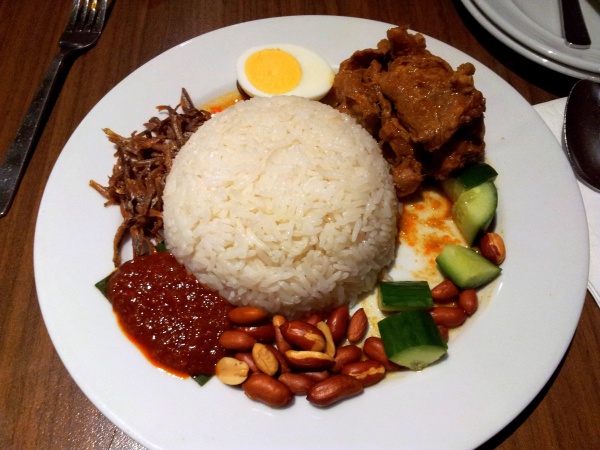Facts About Nasi lemak
Nasi lemak is a cherished dish in Malay cuisine, celebrated for its aromatic rice cooked in coconut milk and pandan leaf. Often hailed as the national dish of Malaysia, it is also a staple in neighboring regions with substantial Malay populations, such as Singapore, Brunei, and Southern Thailand. It has even made its way to parts of Indonesia and the Bangsamoro region in Mindanao, Philippines.
Traditionally, nasi lemak is served with a spicy sambal sauce and garnished with cucumber slices, fried anchovies, peanuts, and either a boiled or fried egg. Its versatility makes it a popular choice any time of the day.
The origins of nasi lemak are deeply rooted in Malay culture. The name itself translates to "oily or fatty rice" which highlights its rich and creamy texture. Over time, the dish has evolved to include a variety of accompaniments such as fried chicken, cuttlefish in chili, small fried fish, and beef stewed in coconut milk. Each region has its unique spin on nasi lemak, incorporating distinctive ingredients and serving styles.
You will find diverse variations of nasi lemak across Malaysia, Singapore, and Indonesia, each prepared by different cultures and chefs. Malaysian Indian and Chinese versions add their own twists, using ingredients like curry and pork. In Indonesia, particularly in Riau and Medan, seafood often accompanies the dish. Singaporean Malay and Chinese versions also offer unique flavors and side dishes. For vegetarians, some parts of Malaysia provide a version that swaps out the dried anchovies for vegetarian mock anchovies.
Although nasi lemak is undeniably delicious, it can also be high in calories and saturated fats, particularly when paired with protein-rich sides like fried chicken or fish. While some versions are noted for their health benefits, it's wise to enjoy this dish in moderation to avoid potential health risks associated with consuming large portions.

 Malaysia
Malaysia